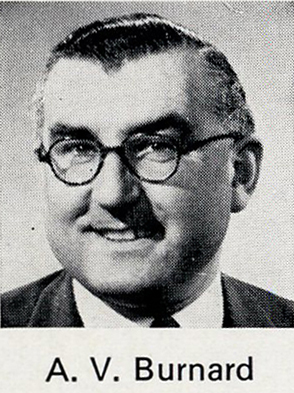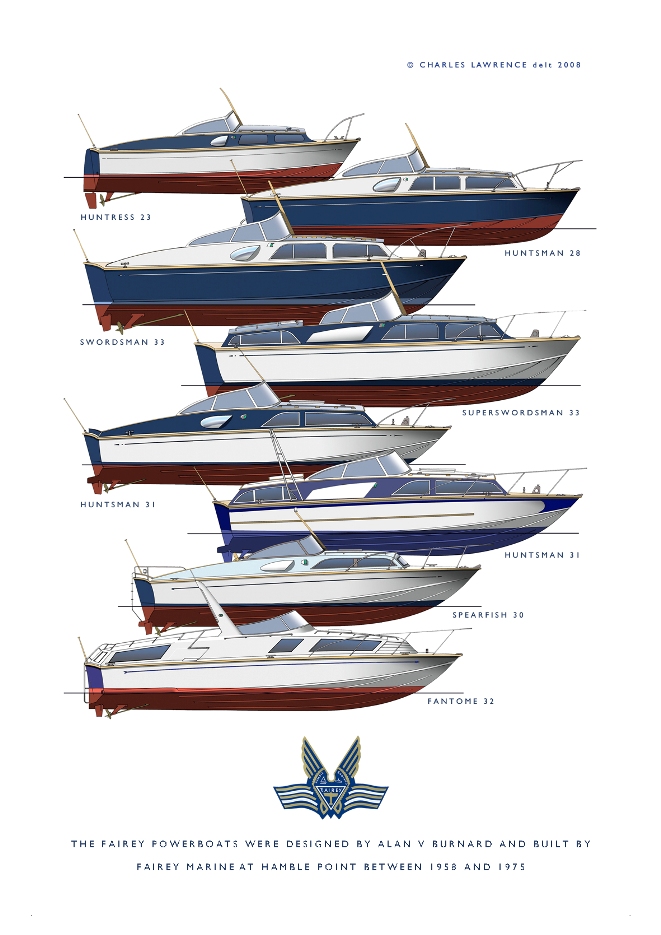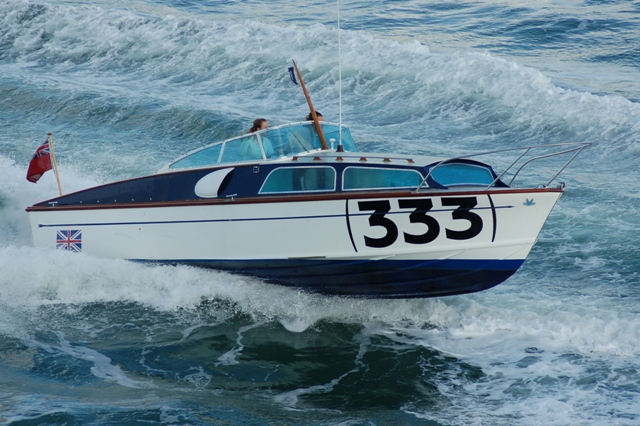Alan V. Burnard
Alan Burnard is most famous as the designer of the Fairey Huntsman, one of the great offshore production cruisers of the 1960s.Alan was born in May 1925, and trained as a Naval Architect, he had been working as a draughtsman at the Flatland Shipyard in Gosport. Whilst contemplating setting up his own design practice in 1957, he was recruited to Fairey Marine, specifically to develop a new seagoing motorboat. Alan’s father was C W Burnard, a motor boat designer based at Itchenor and who was well know to Charles Chichester-Smith and Charles Currey, directors of Fairey Marine. They had sent a copy of their advertisement to Alan Burnard and suggested he should apply. On appointment in October 1957 he assumed overall design responsibility for all of Fairey Marine’s boats, and held that position for the next 25 years with acknowledged success.
|
|||
|
|||
|
The new seagoing motorboat was a hot moulded version of the Hunt 23 – the boat that was to inspire Dick Bertram to build the Hunt designed ‘Moppies’ when he saw it in 1958. Ray Hunt had been experimenting with the deep-V concept for several years and had a 23′ prototype which was seen in 1956 by Dick Fairey (Son of Fairey Aviation pioneer Sir Richard Fairey). Fairey Marine’s hot moulding techniques an plant enabled a hull to be formed as a very strong but light single skin of ply, not requiring internal frames. The 23′ hull was used as a basis of the Fairey Huntress, designed by Alan, and also for the first of the Bruce Campbell Christinas. The first Huntress was ‘Rumble’ designed for Sir Max Aitken, and is still in use today, as a Weymouth fishing boat with the name ‘Waikiki’. The first Huntress to race was Dick Fairey’s ‘Flica’ in the 1960 Miami-Nassau, where it caught fire and sank. (However, another Hunt 23, driven by Jim Wynne, came second.) Alan Burnard extended the Huntress hull from 23′ to 28′-10″, increased the depth of the topsides (and thus the beam), added more flare at the bow and a straight sheerline. A low cabin top, windscreen and gently curved coamings completed the composition to become the Huntsman 28, one of the most beautiful motorboats of all time. Over 100 were built between 1960 and 1970, and they were regular award winners throughout the 1960’s including third overall and first diesel boat in the 1961 Cowes – Torquay.
|
|||
|
|||
|
Alan subsequently designed the Swordsman 33, his own ‘Seafox’, a 30′ deep-V race boat, the Huntsman 31, and later, in glass fibre, the Spearfish and Fantôme. As the economy deteriorated in the 1970’s, Fairey Marine concentrated on military boats. The Royal Navy had ordered the Huntress for use as captains’ motor boats as early as 1963, and military variants of the Spearfish were known as Spears. Alan enlarged the design to become the 37′ Dagger, followed by the 45′ Sword. He was also responsible for the military Lance and Tracker, and the development of the Groves and Guttridge’s service boats after Fairey Marine had taken over the East Cowes boatbuilder. After leaving Fairey, Alan set up his own office, where his principal client was the Al Buraq yard in Kuwait, who produced a range of his fast patrol boats. The company was owned by Sheik Ali Al Sabah, for whom Alan had designed the 53′ Amira built by Fairey in 1974, but it closed during the Kuwait invasion by Iraq. Alan also had a parallel career as a designer of propellors for fast and semi displacement hulls, including many successful raceboats. He finally closed the door of his Hamble Point office in 2011, at the age of 86. Charles Lawrence February 2012
|
|||
|
|||




